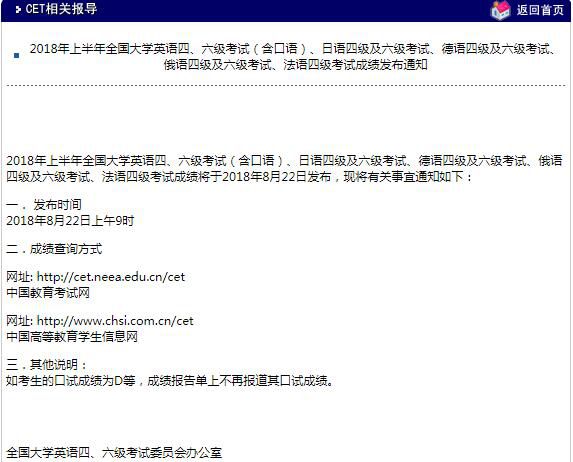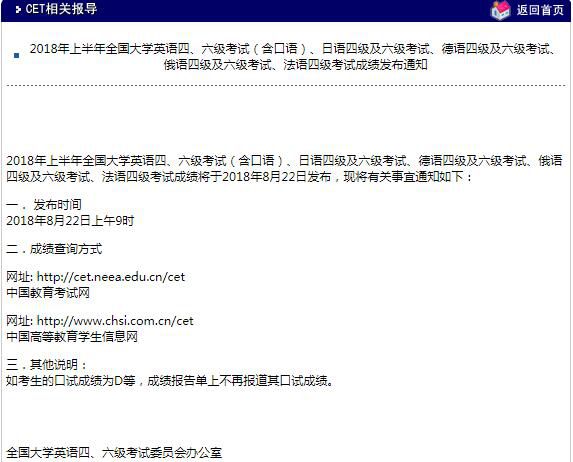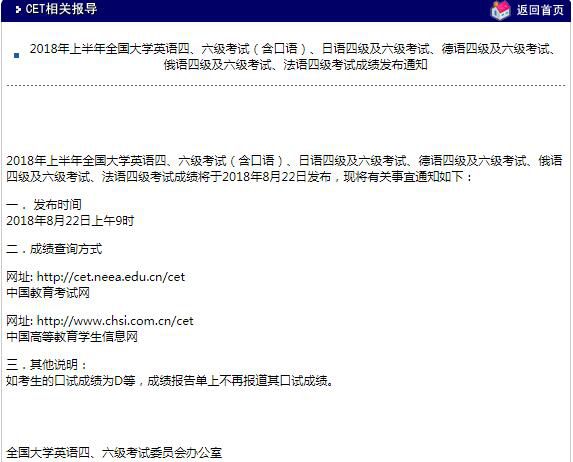|
Passage 15 Milankovitch proposed in the early twentieth century that the ice ages were caused by variations in the Earth’s orbit around the Sun. For sometime this theory was considered untestable, largely because there was no suffi- (5) ciently precise chronology of the ice ages with which the orbital variations could be matched.
To establish such a chronology it is necessary to determine the relative amounts of land ice that existed at various times in the Earth’s past. A recent discovery (10) makes such a determination possible: relative land-ice volume for a given period can be deduced from the ratio of two oxygen isotopes, 16 and 18, found in ocean sediments. Almost all the oxygen in water is oxygen 16, but a few molecules out of every thousand incorporate the (15) heavier isotope 18. When an ice age begins, the continental ice sheets grow, steadily reducing the amount of water evaporated from the ocean that will eventually return to it. Because heavier isotopes tend to be left behid when water evaporates from the ocean surfaces, (20) the remaining ocean water becomes progressively enriched in oxygen 18. The degree of enrichment can be determined by analyzing ocean sediments of the period, because these sediments are composed of calcium carbonate shells of marine organisms, shells that were (25) constructed with oxygen atoms drawn from the surrounding ocean. The higher the ratio of oxygen 18 to oxygen 16 in a sedimentary specimen, the more land ice there was when the sediment was laid down.
As an indicator of shifts in the Earth’s climate, the (30) isotope record has two advantages. First, it is a global record: there is remarkably little variation in isotope ratios in sedimentary specimens taken from different continental locations. Second, it is a more continuous record than that taken from rocks on land. Because of (35) these advantages, sedimentary evidence can be dated with sufficient accuracy by radiometric methods to establish a precise chronology of the ice ages. The dated isotope record shows that the fluctuations in global ice volume over the past several hundred thousand years (40) have a pattern: an ice age occurs roughly once every 100,000 years. These data have established a strong connection between variations in the Earth’s orbit and the periodicity of the ice ages.
However, it is important to note that other factors, (45) such as volcanic particulates or variations in the amount of sunlight received by the Earth, could potentially have affected the climate. The advantage of the Milankovitch theory is that it is testable: changes in the Earth’s orbit can be calculated and dated by applying Newton’s laws (50) of gravity to progressively earlier configurations of the bodies in the solar system. Yet the lack of information about other possible factors affecting global climate does not make them unimportant.
1. In the passage, the author is primarily interested in
?(A) suggesting an alternative to an outdated research method
?(B) introducing a new research method that calls an accepted theory into question
?(C) emphasizing the instability of data gathered from the application of a new scientific method
?(D) presenting a theory and describing a new method to test that theory
?(E) initiating a debate about a widely accepted theory
2. The author of the passage would be most likely to agree with which of the following statements about the Milankovitch theory?
?(A) It is the only possible explanation for the ice ages.
?(B) It is too limited to provide a plausible explanation for the ice ages, despite recent research findings.
?(C) It cannot be tested and confirmed until further research on volcanic activity is done.
?(D) It is one plausible explanation, though not the only one, for the ice ages.
?(E) It is not a plausible explanation for the ice ages, although it has opened up promising possibilities for future research.
3. It can be inferred from the passage that the isotope record taken from ocean sediments would be less useful to researchers if which of the following were true?
?(A) It indicated that lighter isotopes of oxygen predominated at certain times.
?(B) It had far more gaps in its sequence than the record taken from rocks on land.
?(C) It indicated that climate shifts did not occur every 100,000 years.
?(D) It indicated that the ratios of oxygen 16 and oxygen 18 in ocean water were not consistent with those found in fresh water.
?(E) It stretched back for only a million years.
4. According to the passage, which of the following is true of the ratios of oxygen isotopes in ocean sediments?
?(A) They indicate that sediments found during an ice age contain more calcium carbonate than sediments formed at other times.
?(B) They are less reliable than the evidence from rocks on land in determining the volume of land ice.
?(C) They can be used to deduce the relative volume of land ice that was present when the sediment was laid down.
?(D) They are more unpredictable during an ice age than in other climatic conditions.
?(E) They can be used to determine atmospheric conditions at various times in the past.
5. It can be inferred from the passage that precipitation formed from evaporated ocean water has
?(A) the same isotopic ratio as ocean water
?(B) less oxygen 18 than does ocean water
?(C) less oxygen 18 than has the ice contained in continental ice sheets
?(D) a different isotopic composition than has precipitation formed from water on land
?(E) more oxygen 16 than has precipitation formed from fresh water
6. According to the passage, which of the following is (are) true of the ice ages?
?Ⅰ. The last ice age occurred about 25,000 years ago.
?Ⅱ. Ice ages have lasted about 10,000 years for at least the last several hundred thousand years.
?Ⅲ. Ice ages have occurred about every 100,000 years for at least the last several hundred thousand years.
?(A) Ⅰ only
?(B) Ⅱ only
?(C) Ⅲ only
?(D) Ⅰand only
?(E) Ⅰ,Ⅱ and Ⅲ
7. It can be inferred from the passage that calcium carbonate shells
?(A) are not as susceptible to deterioration as rocks
?(B) are less common in sediments formed during an ice age
?(C) are found only in areas that were once covered by land ice
?(D) contain radioactive material that can be used to determine a sediment’s isotopic composition
?(E) reflect the isotopic composition of the water at the time the shells were formed
8. The purpose of the last paragraph of the passage is to
?(A) offer a note of caution
?(B) introduce new evidence
?(C) present two recent discoveries
?(D) summarize material in the preceding paragraphs
?(E) offer two explanations for a phenomenon
9. According to the passage, one advantage of studying the isotope record of ocean sediments is that it
?(A) corresponds with the record of ice volume taken from rocks on land
?(B) shows little variation in isotope ratios when samples are taken from different continental locations
?(C) corresponds with predictions already made by climatologists and experts in other fields
?(D) confirms the record of ice volume initially established by analyzing variations in volcanic emissions
?(E) provides data that can be used to substantiate records concerning variations in the amount of sunlight received by the Earth | 







